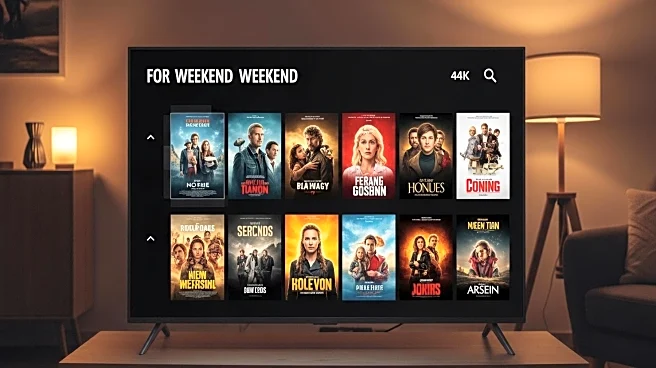What's Happening?
Streaming services and TV networks are increasingly collaborating to adapt to changing market dynamics. Notable partnerships include Netflix's agreement with French network TF1, allowing Netflix to stream TF1's content, including live channels and sports. Similar deals have been struck between Prime Video and France Télévisions, integrating France.TV's offerings into Amazon's platform. These collaborations reflect a shift towards 'diagonal integration,' where broadcasters leverage streaming platforms' reach while streamers gain access to local content expertise.
Why It's Important?
These partnerships signify a major shift in the media landscape, as traditional broadcasters and streaming services seek to address challenges such as declining TV ad markets and subscriber saturation. By collaborating, both parties can enhance their content offerings and reach broader audiences. This trend could lead to more integrated media experiences for consumers and potentially influence regulatory discussions around content distribution and local programming.
What's Next?
As these partnerships develop, industry stakeholders will be monitoring their impact on content rights, compensation, and audience reach. The success of these collaborations could pave the way for similar agreements in other regions, potentially reshaping global media distribution strategies. Additionally, regulatory bodies may need to consider new frameworks to address the evolving relationship between traditional and digital media platforms.
Beyond the Headlines
The integration of streaming services with traditional broadcasters raises questions about content ownership and compensation for rights holders. As these partnerships evolve, industry players will need to navigate complex rights agreements to ensure fair compensation and maintain content quality. This could lead to new business models and strategies for content distribution.












